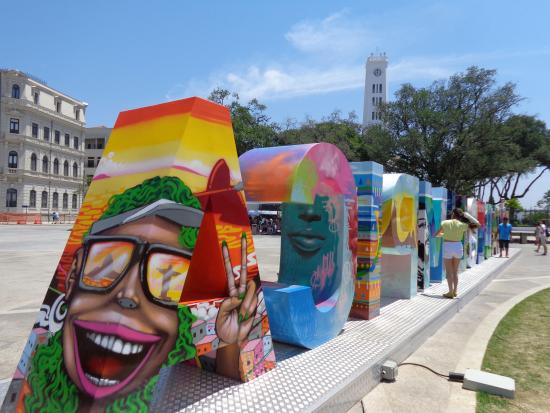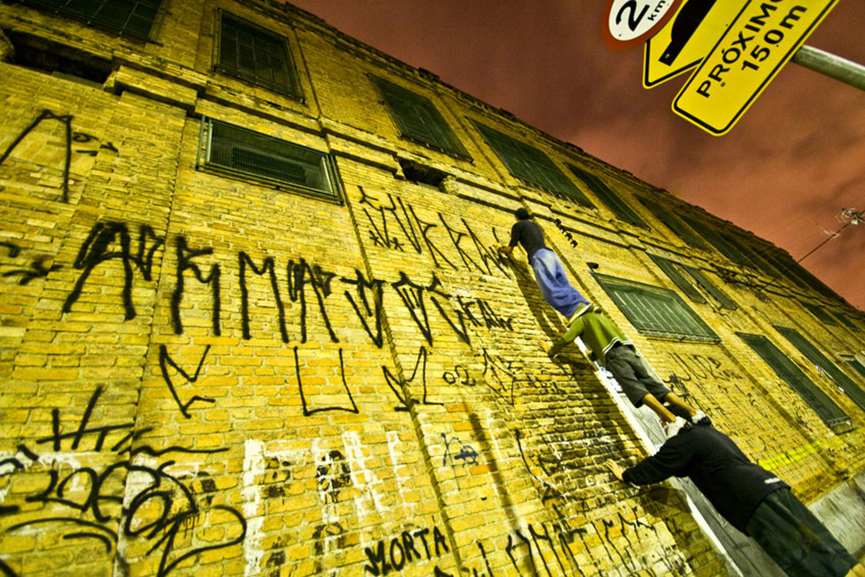Regional Identity Expressed Through Rio's Gastronomy  |
| A common juice place in Rio which can be found in many corners of the marvelous city. |
"When experiencing new local cuisines, we are also experiencing a new culture."-Hjalager 38
According to the scholar article Tourism and Gastronomy by Hjalager 37-43, whose research used the Maslow's hierarchy of needs to relate the motivational needs and social components where food present a key role. Stating that food is experience through sight, taste and smell and pointing out that building a strong identity in an increasingly look-alike world, food with a strong national and regional identity can become a vehicle to achieving uniqueness.
 |
| Trying different types of feijoãda from restaurants to homemade, but the best feijoãda was made at Dr. Vianna's house. |
Rio's gastronomy is rich in spices, strong flavors, rice and feijoãda, national dish of black beans and pork stew. Also, the variety of delight cakes, jellies, fruits, breads, and snacks such as Pão de queijo a popular snack made from yucca flour, cheese and eggs made the culinary in Brazil unique.
Food is indeed an important part of Rio's culture and the most authentic way to eat it is sitting down and sharing meals on the table with family and friends. In contrast to the US which lifestyle lead to eat out often. Cariocas still has the communal dinning as norm. The notion of making home made food and sharing it with the family or friends in a table has become the building of social relations and strengthen social bonds which created a sense of community in Rio.
"Sociologist have therefore argued that the meal in domestic life can articulate not only the identity of the 'family' and 'the home' but also gender roles, identities and power relations between different members of the household."- Bell and Valentine (1997:75)
 |
| Eating in the table with the crew |
 |
| Informal Vendors on the beach of Copacabana (Image from Gettyimages) |
Being in Rio for two weeks, I noticed that there was a lot of per kilo buffet restaurants. The restaurant charge a person depending on the weight of the dish. It is really common to find because these restaurants are in every corner of Rio. The payment system of these restaurants are pretty similar which consist on a paper given in the entrance which will be use to write the price. The paper will be stamp when ones pay and must be given to the the waitress at exit.
In Rio particularly you can find a lot of kiosk and informal vendors selling on the beach ceviche, grilled shrimp, coconut water and Caipirinhas; to establishments selling salgados, and açaí, a sweet thick purple juice made from the Açaí berry.
 |
| Popular salgados |
The food in the marvelous city has a story to tell, a history to present and contributes to the economy and employment of the city. Rio's gastronomy contributed to a strong image with the attractiveness formed exclusive to the region. We are what we eat and gastronomy in Rio is as important as any museum and represents and expresses the identity of the region.
For more Information:
The Role of Gastronomy in Tourism Development/Greg Richards/ Tilburg University/ November 2014
Discovering Rio Through Its Gastronomic Scene: Sponsored/ Contributer Reporter/ March 2015
Tourism and Gastronomy/ Anne-Mette Hjalager, Department of Leisure Studies Greg Richards, Greg Richards/ August 2003The Ultimate Brazilian Food Guide/Gareth/ August 2014
Notes:
"Salgados" is fried or baked snacks filled with chicken, meat, ham or cheese. Salgados can be find anywhere in Brazil from restaurants to street vendors.
"Carioca" a native of Rio de Janeiro.














